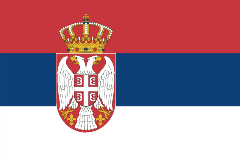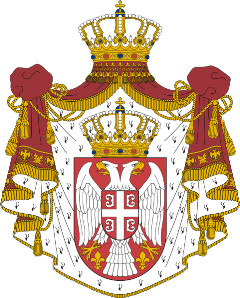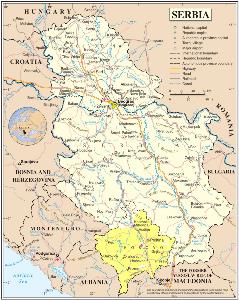General Information


 The capital
The capital: Belgrade
The Language: Serbian
National Anthem: Bože Pravde (God give us justice)
Total area: 88.361 square kilometers
Length of international borders: 2114 kilometers
Administrative divisions: Serbia (except Kosovo) is devised to 25 districts and has 138 municipalities and 23 cities. It has two autonomous regions: Vojvodina region in the north of the country and Kosovo and Metohia in the south.
Time zone: Central Europe GMT + 1
Electrical appliances:Voltage: 220V
Frequency: 50 Hz
National currency: Serbian dinar (RSD) is the national currency of Serbia. Money can be exchanged in banks and exchange offices and ATMs.
Credit cards: ATMs will accept major credit cards and are placed all around the country, also the majority of restaurants, hotels, travelling agencies, petrol stations and stores accepts credit cards.
Taxes: VAT is 20%
Telephone calls: international call key 00381
Society
Population: population of Serbia (according to statistics from 2011) is 7,243 million.
Population density: 92.8 inhabitants per square kilometer
Ethnic groups in Serbia: Serbs 83%, Hungarians 3.5%, Roma 2%, Bosniaks 2%, others 9%.
Religion: Christianity (Orthodox 84%, Catholics 6%) Muslims 3%.
People and politics
Political system: parliamentary republic
The political system in Serbia is a parliamentary republic, and the president of the republic, which is an honorary post, is being elected directly by the voters. While the prime minister who has all the executive authorities is being nominated by the president of the republic and has to get the trust of the parliament after forming his government. Elections are carried out in the whole country and are consisting of lists, every list have to get more than 5% of votes for it to get parliamentary seats.
The President of the Republic:H.E. Mr. Aleksandar Vucic
The Prime Minister: H.E. Ms. Ana Brnabic
The ruling party: Serbian Progressive Party